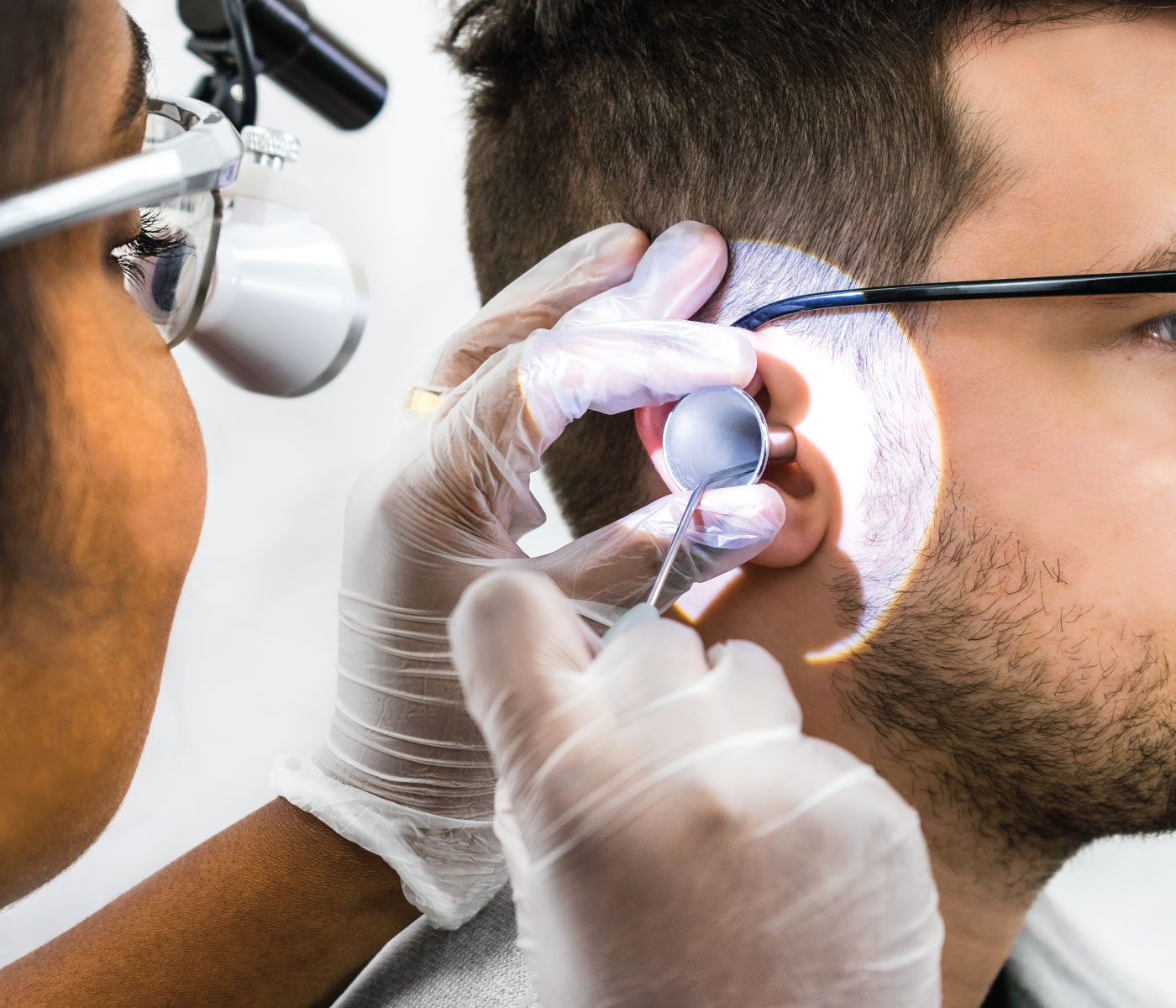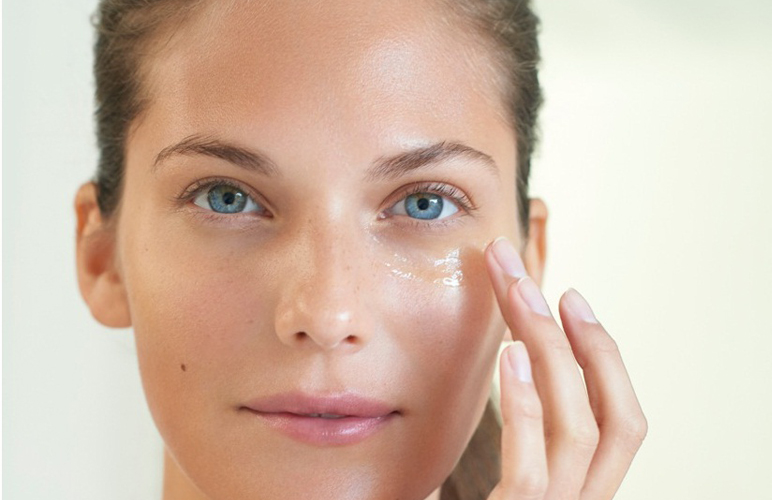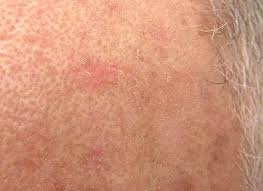An ear wax, also known as cerumen, protects the ear canal and eardrum naturally. Besides causing discomfort, hearing loss, and other problems, inappropriate cleaning techniques can cause similar damage. We’ll explore seven common misconceptions about how to remove ear wax in this blog and highlight the safest and most effective methods.
7 Common Myths About Ear Wax Removal Debunked
Below we have debunked seven common myths about earwax removal. Let’s check them out.
Myth #1: Cotton Swabs Are Safe for Ear Wax Removal
The use of cotton swabs for the removal of ear wax is inefficient and sometimes hazardous. It has been shown that cotton swabs are a major cause of ear damage and erupting eardrums, contrary to popular belief.
Truth: In Reality, cotton swabs can cause wax to penetrate deeper into the ear canal, which can lead to wax becoming obstructed and resulting in additional difficulties. Moreover, the tiny wooden or plastic stick can easily scratch the sensitive skin that lines the ear canal, increasing the risk of infection or puncturing the eardrum.
Myth #2: Ear Candling Is an Effective Way to Remove Ear Wax
As the name implies, ear candling refers to the process of inserting a hollow, cone-shaped item made of wax-coated fabric into the ear canal and lighting the opposite end. The proponents of this procedure believe that by doing so, a suction will be created that will remove ear wax as well as other matter.
Truth: Numerous scientific investigations have found that ear candling is ineffective for removing ear wax. In fact, the technique can result in burns, perforated eardrums, and even blockages as a result of melted wax leaking into the ear canals. There are many medical organizations, such as the American Academy of Otolaryngology-Head and Neck Surgery, who strongly advise against using this ineffective and potentially hazardous treatment.
Myth #3: Over-the-Counter Ear Wax Removal Drops Are Always Safe
The use of over-the-counter (OTC) ear wax removal drops that can effectively soften and release ear wax can be effective, but it is important to use these drops cautiously and to follow the directions provided on the packaging.
Truth: Over-the-counter ear drops have negative side effects if you excessively use them or suffer from an eardrum rupture, or other ear issues. It has also been shown that some drops include substances that irritate the skin lining the ear canal, which may result in inflammation or infection. It is imperative that you consult an experienced ear wax removal specialist before applying any over-the-counter ear wax removal solution, particularly if you have a history of ear issues or if you do not know how to properly use them.
Myth #4: Ear Wax Should Be Removed Regularly
The majority of people believe that ear wax should be routinely removed even in the absence of any symptoms or discomfort in order to act as a preventive measure.
Truth: Ear wax is a healthy, naturally occurring material that performs vital functions such as lubricating and having antimicrobial properties along with shielding the ear canal from dust, debris, and other foreign objects. It is common for ear wax to spontaneously exit the ear canal as a result of the chewing motion of the jaw. It is typically not necessary to remove ear wax on a regular basis unless there is a substantial buildup causing symptoms such as pain, loss of hearing, or dizziness. In addition, it may interfere with the natural self-cleaning process of the ear.
Myth #5: At-Home Ear Wax Removal Is Always Safe
Several individuals believe that removing ear wax at home is a safe and successful procedure since there are so many at-home products and guides available online to assist them in the process.
Truth: Using more intrusive methods such as ear pickers and other sharp items can actually prove to be quite hazardous, even though some at-home remedies such as using over-the-counter ear drops or gently flushing your ears with warm water may be appropriate depending on the situation. It is possible to end up with infections, wounds, or even irreversible hearing loss if you use incorrect practices. It is imperative that you consult with a physician before trying any at-home ear wax removal method, particularly if you have a history of ear problems or are unsure about the appropriate method to use.
Myth #6: Ear Wax Buildup Only Occurs in Adults
It is a common misconception that adults should be more concerned about ear wax buildup than children, but this isn’t true.
Truth: Ear wax accumulation can happen to anyone at any age, even young children and newborns. The reason for this may be that the condition is more common in older persons due to a number of factors, including natural aging processes or certain medical conditions. Despite this, children are more likely to suffer from ear wax impaction due to their smaller ear canals as well as their tendency to stick small pieces into their ears. As a result, it is imperative to pay close attention to children’s ear wax accumulation, and if any symptoms, such as ear pain, discharge, or hearing issues, appear, then it is crucial to seek expert medical attention.
Myth #7: Ear Wax Removal Is a One-Time Solution
After removing ear wax from the ear canal, many individuals assume that it will be resolved for good and they won’t have to deal with it for a very long time.
Truth: Ear wax production is a continuous and natural process that occurs over the course of the course of our lives. It is imperative to schedule follow-up consultations and routine check-ups with a medical professional even after using the right removal techniques to temporarily alleviate the symptoms brought on by excessive accumulation. Depending on the ear structure, rate of wax generation, and other factors, regular ear wax removal might be required to avoid future buildup and related problems.
To sum up, dispelling these widespread misconceptions regarding ear wax removal is essential to protecting your ears and overall health. Always seek the advice of a medical expert, such as an otolaryngologist or audiologist, for a thorough assessment and direction on the best ear wax removal methods for your unique circumstances. Maintaining optimum hearing and general well-being requires putting your ears first and avoiding needless hazards.











